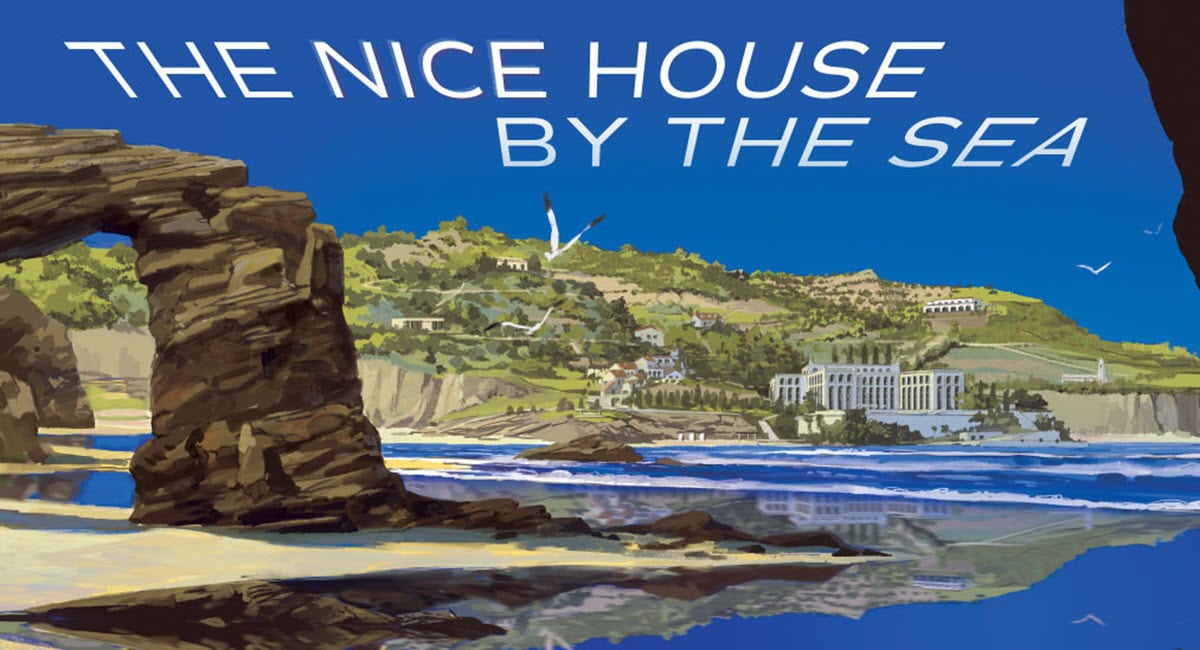The rise of the graphic novel is greatly tied in with the increased prevalence of “visual literacy.” As guru McCloud predicted a while ago, generation after generation raised on TV, video games and now the Internet use words and pictures as a language more fluently than ever before. The Editors Weblog, which bills itself as a resource for newspapers, has begun a look at these “infographics,” which also includes databases and slideshows, and how they present complex subjects. The 9/11 Report gn is a prominent example.
A recent trend in media today is the increased use of infographic principles in non-traditional ways. The technology allows it and the economics demand it, and thus, people are doing it. While none of the seemingly innovative ideas I’ve mentioned above are completely new, they are now more possible than ever.
For example, last month, Sid Jacobson and Ernie Colón published The 911 Report, A Graphic Adaptation. Their book is in effect a timeline in comic book form. And, in April, The Washington Post updated its Faces of the Fallen Flash page with a browsable database of US soldiers who have died in Iraq and Afghanistan. Developed by programmer Adrian Holovaty, this database serves as a series of fact files and allows the user to make comparisons and draw conclusions.
Whether you agree that these forms are appropriate for topics like terrorism and war is beside the point, and will be discuss in later postings this month. What matters here is that people are doing it, and encouraging others to do it, also.
This post is but the first in a series, but these issues are certainly central to the matter at hand. Over at his blog, MIT’s Henry Jenkins continues to discuss such things as Nick Bertozzi and Lego Mindstorms. We wish we had time to actually think about such things, instead of merely blog about them, but a picture is beginning to emerge from the datastorm.






Wow, that one about Bertozzi was awesome. GO ‘TOZE!
Must admit… I posted to my fellow info designers the fact that that comic book was full of infographics – as we are called on to produce daily.
Personally, it was a welcome connection between the relevence of documentation thru comics of a recent historic event (more power to the journalistic stylings of Joe Sacco & others) and the daily pursuit of explaining the gear works beneath the headlines of an important news event.